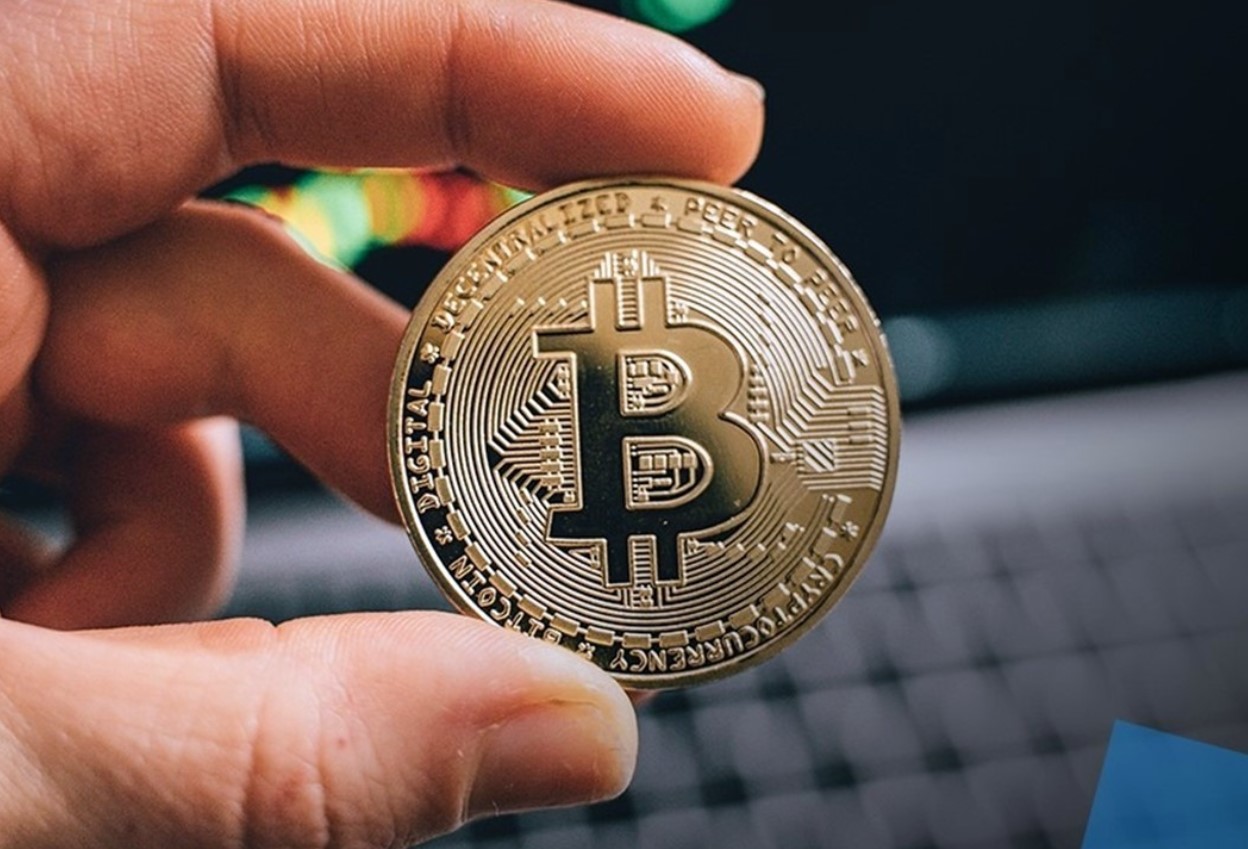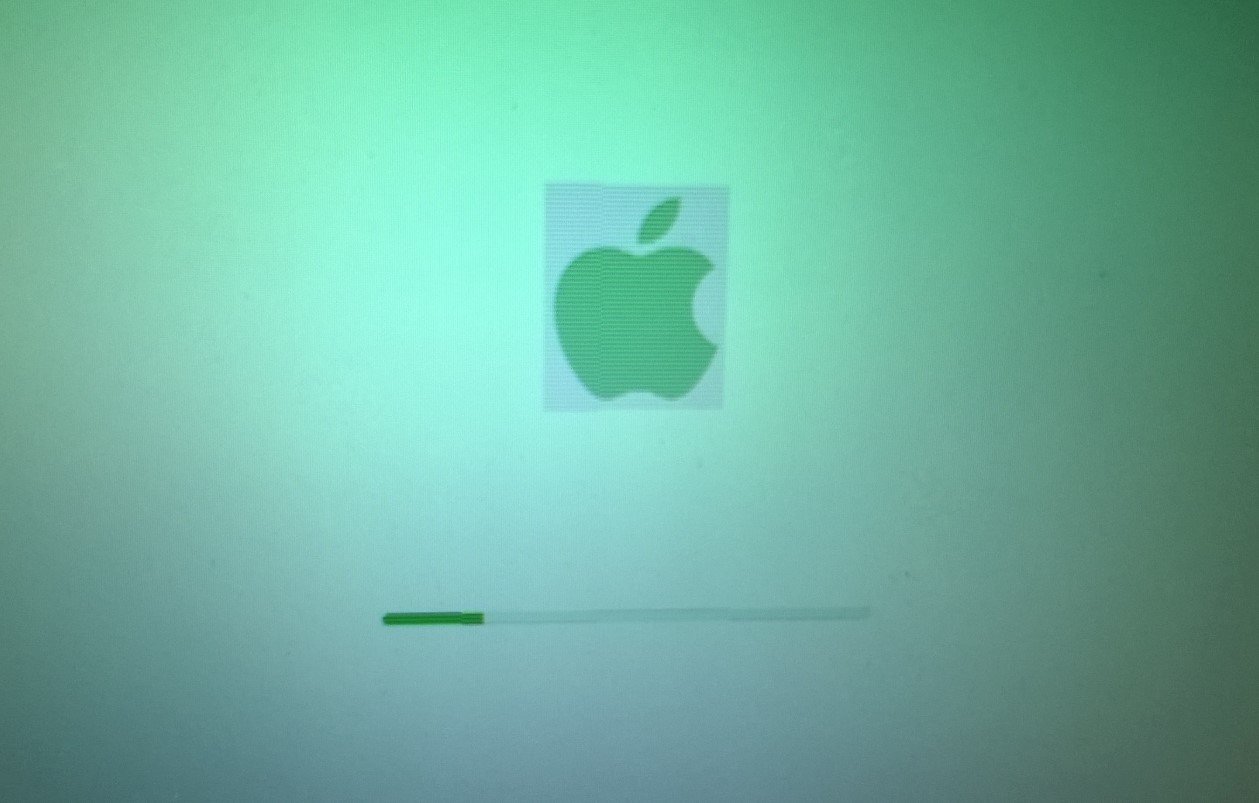News
Bitcoin’s Quiet Bid for Reserve Status Is Gaining Ground
For decades, gold has stood tall as the unshakable reserve asset for central banks. Its rarity, neutrality, and immunity to political whimsy have made it indispensable in turbulent times. But in the age of tokenized finance and borderless money, another contender is now making a credible bid for that coveted spot in central bank vaults — or rather, digital wallets.
That contender is Bitcoin.
No longer the misunderstood rebel of the monetary world, Bitcoin is now auditioning for a role in the very system it once sought to disrupt. And if current trends continue, it may soon find itself sitting beside the likes of gold and U.S. Treasuries on the balance sheets of central banks around the globe.
A Scarcity Central Bankers Understand
Bitcoin’s most persuasive feature, ironically, is not its innovation — it’s its scarcity. The cryptocurrency is hard-capped at 21 million coins. That ceiling is not theoretical; it is embedded in the software that governs its issuance. Already, more than 93% of that supply has been mined. Unlike fiat currencies, there is no central authority that can dilute this supply. Unlike gold, no new digital “discovery” can increase its output.
Halvings, which reduce the rate of new coin issuance by half approximately every four years, give Bitcoin a declining inflation rate — currently lower than gold’s. For monetary authorities constantly battling the long-term drift of purchasing power, that’s not just novel — it’s strategic.
Then there’s the optics: unlike volatile altcoins or centrally managed stablecoins, Bitcoin has passed the ultimate test of time in crypto — it’s still here, still functioning, and growing more entwined with traditional finance every year.
Bitcoin Is Already in Official Hands
What once seemed improbable is quietly becoming reality. Governments and regulatory authorities now collectively hold more than 463,000 Bitcoin — about 2.3% of the total mined supply. Many of these coins came from law enforcement seizures, but the crucial fact is this: those coins weren’t dumped. In many cases, they were retained. And that changes the game.
These holdings reduce Bitcoin’s already-limited float, and sovereign holders are not likely to engage in day trading. That adds a degree of long-term price stability that institutional investors and policymakers both favor.
Meanwhile, corporate treasuries and exchange-traded funds are removing more supply from circulation. With fewer coins on the open market, any incremental demand — especially from central banks — could have outsized effects on price.
The Case for Neutral Money
In a geopolitical climate increasingly marked by financial weaponization, Bitcoin offers something that gold and fiat currencies can’t: neutrality.
Bitcoin doesn’t care who holds it. It cannot be frozen by a third party. It moves across borders in minutes, not weeks. For countries wary of being cut off from SWIFT or the global dollar system, it provides a hedge — not against inflation, but against exclusion.
This is not a fringe opinion anymore. In January 2025, the Czech National Bank revealed that it was studying a multi-billion-dollar allocation of Bitcoin as part of its reserves — the first major Western central bank to publicly do so. While Switzerland’s central bank remains on the sidelines, others are watching closely. All it would take is one midsize central bank making a move to force others to formulate a policy — or risk being left flat-footed.
Infrastructure Is No Longer an Obstacle
The argument against Bitcoin as a reserve asset has often centered on custodial risk and regulatory opacity. But those barriers are falling fast.
In a landmark decision this February, the U.S. Securities and Exchange Commission (SEC) reversed its 2022 guidance, allowing banks to custody digital assets without punitive capital charges. This change clears the runway for major financial institutions to compete for official mandates.
Bitcoin ETFs, long a point of contention, are now mainstream. That gives central banks — especially those barred from interacting with crypto exchanges — a compliant, regulated channel to gain exposure.
Auditing has improved, too. On-chain transparency and third-party custody services mean that verifying holdings is no longer an exotic challenge. Bitcoin is becoming as easy to track and manage as any other line item on a reserve sheet.
From Fringe to Foundation
Of course, risks remain. A global regulatory clampdown could stall Bitcoin’s advance. Price volatility continues to concern traditional finance professionals, and a hack or breakdown in custody systems could set adoption back.
But these are shrinking concerns in a growingly digital monetary ecosystem. Bitcoin’s resilience — through multiple booms, busts, and bear markets — speaks volumes. And the more that sovereigns and institutions dip their toes in, the more normalized the idea becomes.
If Bitcoin does gain reserve asset status, the implications are profound. Central bank demand is slow-moving and largely price-insensitive. Gold held in reserves typically stays there for decades. If Bitcoin follows the same path, its circulating supply could become even tighter, potentially fueling long-term upward price pressure.
A Digital Age Reserve for a Digital Age World
Bitcoin’s story is no longer one of speculation. It’s one of maturation. What began as a cypherpunk experiment is now competing for a place in the most conservative portfolios in the world.
The audition is not yet over. But the fact that it has even reached this stage — with sovereign holders, regulated instruments, and central banks watching closely — is telling.
Digital gold? Perhaps. But if current trends continue, Bitcoin might soon drop the qualifier and simply become what it has long aspired to be: money.














